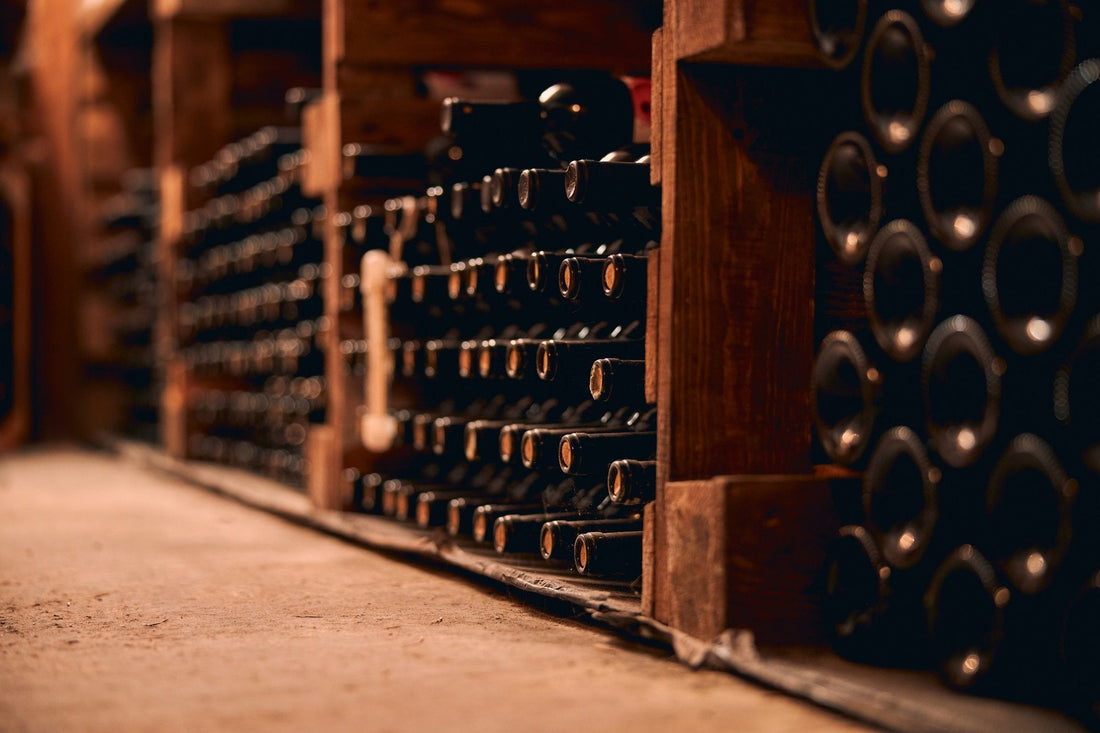
Wine Buying & Storage Guide: How to Choose and Store Wine Properly
Wine is more than just a drink—it's an experience that starts the moment you choose the bottle and continues well after the cork is popped. But that experience can easily be spoiled if you don’t know how to store wine properly. Whether you're wondering how to buy wine for a special occasion or how to preserve an opened bottle, this guide will walk you through the essentials of buying, storing, and enjoying wine like a pro.
How to Buy Wine: More Than Picking a Pretty Label
Buying wine can feel overwhelming. With thousands of bottles to choose from, it's tempting to go by the label or the price alone. But a thoughtful approach makes it easier to select bottles that suit your preferences and the occasion.
Here are a few simple tips to help you get started:
-
Know your taste. Whether you prefer bold reds, crisp whites, or light, fruit-forward rosés, identifying your flavor preferences will help narrow your options. If you’re unsure, learning about the different types of wine can provide helpful context.
-
Consider the occasion. A casual dinner, special celebration, or bottle meant for aging may each call for a different style of wine.
-
Ask for guidance. In-store staff or wine professionals can offer helpful suggestions if you share your taste preferences and goals.
- Try something new. Exploring wines from different regions or unfamiliar grape varieties can expand your palate and make your wine journey more enjoyable. Explore our best wine selection to see a curated variety of wines available.
The Fundamentals of Wine Storage
Proper wine storage helps maintain its integrity from the time you purchase it to the moment you pour it. Wine is sensitive to several environmental factors, particularly temperature, light, and humidity.
Temperature: The Silent Wine Killer
Perhaps the most important rule of wine storage is maintaining a consistent temperature. Ideally, wine should be stored at around 55°F (13°C). Fluctuations—especially heat spikes—can prematurely age wine or ruin it entirely. This applies to all types—red, white, and rosé.
Wondering, “What temperature should red wine be stored at?” The answer is about 55°F. Serving temperature may vary, but this is optimal for storage.
Do You Refrigerate Wine?
Yes, depending on the situation. Unopened bottles of red wine should be stored at room temperature, while opened bottles can benefit from refrigeration to slow oxidation. White, rosé, and sparkling wines are typically refrigerated both before and after opening.
How to Store Different Types of Wine
Each wine type has slightly different storage preferences, but they all benefit from a consistent, dark, and cool environment.
- How to store red wine: Store bottles sideways in a cool place away from sunlight. A consistent temperature around 55°F is best.
- How to store white wine: Best kept slightly cooler—between 45–55°F. Refrigeration works well short-term; wine fridges are ideal for longer storage.
-
How to store rosé wine: Store similarly to white wine. Rosé is often consumed young, so extended aging is typically unnecessary.
Long-Term Storage Considerations
If you're planning to store wine for years, paying attention to environmental factors becomes more important. How to store wine long term involves:
- Humidity: About 70% to prevent corks from drying out
-
Light: UV rays can degrade wine, so store in a dark place
-
Vibration: Keep wine still; frequent movement can disrupt aging
A dedicated wine fridge or cellar is the most stable environment for long-term aging.
How to Store Wine After Opening
Once opened, wine becomes vulnerable to oxidation, which affects flavor and shelf life.
-
Red wine: Reseal the bottle and store it in the fridge. It will usually keep for 3–5 days.
-
White and rosé wines: These should always be refrigerated and consumed within 3–5 days.
-
Sparkling wine: Use a wine stopper and consume within 1–3 days to preserve bubbles.
Understanding how to store wine after opening can help reduce waste and improve your drinking experience.
Bottle Position & Light Exposure
For wines sealed with corks, horizontal storage is ideal. This keeps the cork moist and prevents oxygen from entering the bottle. Store all wine away from sunlight or fluorescent light to preserve color and flavor.
These small changes can make a significant difference in how your wine tastes over time, even if you're only storing for a few weeks.
Final Thoughts
Understanding how to buy wine and how to store wine properly helps you get the most from every bottle. Wine doesn’t require fancy tools or massive cellars—just a bit of attention to detail. If you're building a wine collection or simply expanding your palate, Fat & Happy Beverages is a valuable resource.
